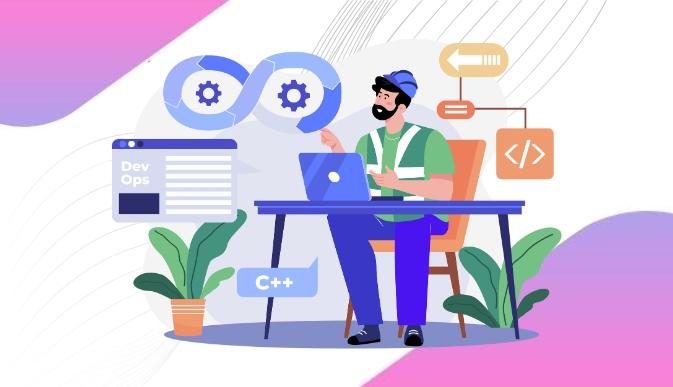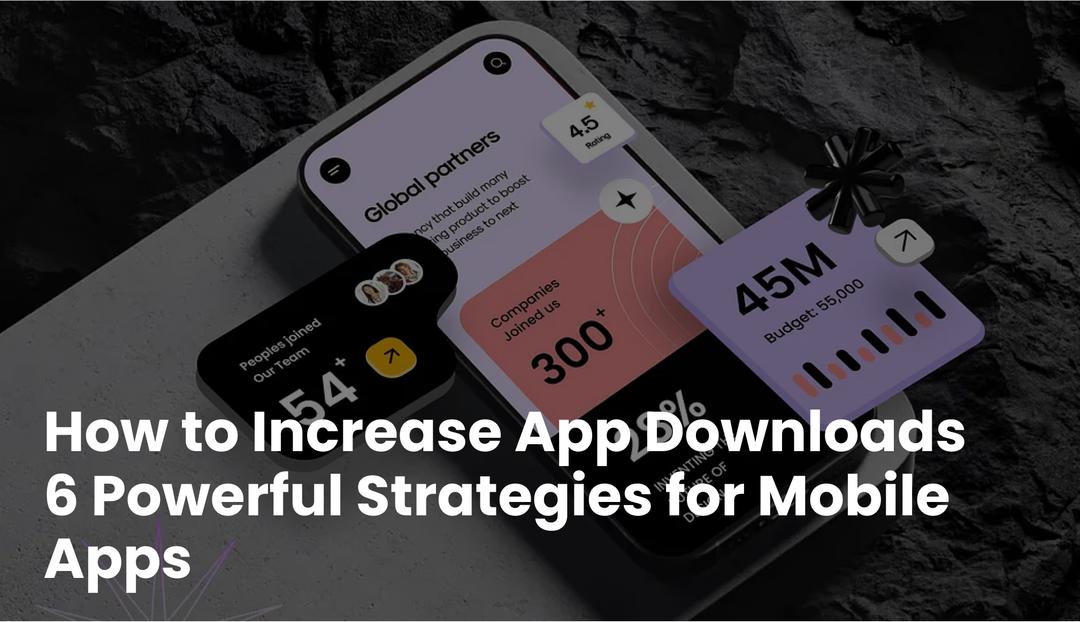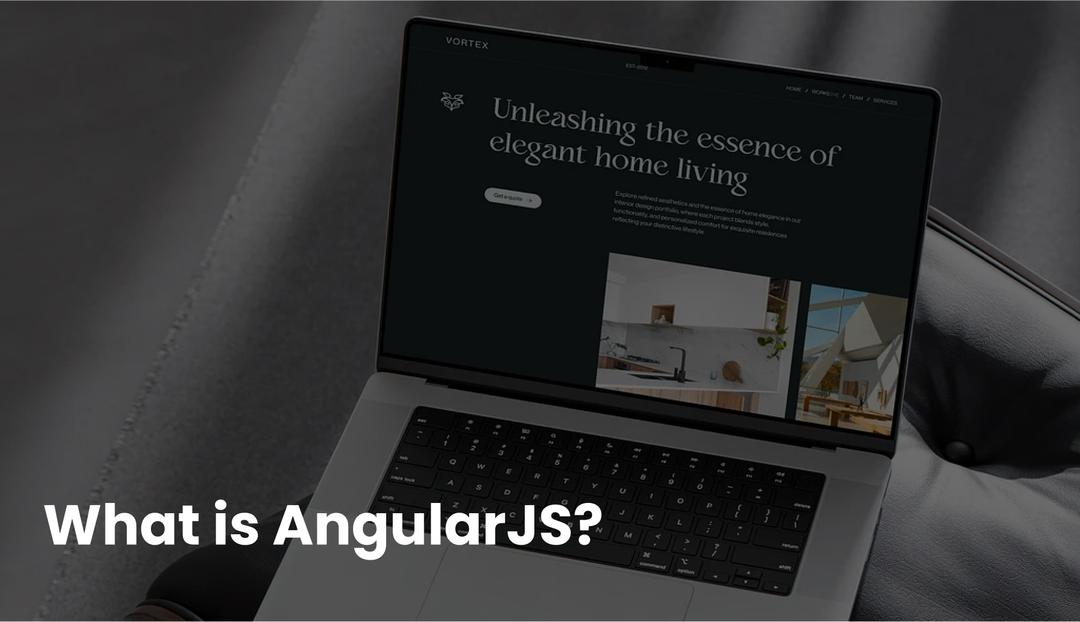When it comes to developing mobile apps in 2025, two things are more important than ever, speed and quality. And if you’re after iOS users but don’t want the long timelines and expense of native Swift development, there’s a potent combination worth exploring: Flutter and Agile sprints.
Flutter enables you to create stunning, high-performance iOS apps from a single codebase. Agile sprints, in contrast, keep the development cycle quick, nimble, and targeted. Together, they make up a development strategy that’s not only effective but also wildly effective at shipping high-quality iOS apps.
Let’s get into what this looks like in real life, and why it’s the go-to for so many forward-thinking businesses.
Evaluation of Flutter [Quick overview]
Flutter’s journey started at Google but not as the framework we know today. It was called “Sky” , an early experiment to see if it was possible to create a smooth, high performance UI across platforms with a single framework.
It was first developed for Android and formed the basis of what later became Flutter.
Year by year Flutter expanded even more than hoped for. From the initial beta versions to Flutter 1.0 and now, the platform has developed, improved tools, web and desktop support and a community open to it.
Today, Flutter powers everything from startup apps to enterprise platforms because of its cross platform performance and developer friendly features.
Why Should You Use Flutter For iOS App Development?
For those who may not be familiar, Flutter is a framework developed by Google that allows you to build apps for both iOS and Android using a single codebase. When it comes to iOS development, Flutter is a game-changer.
Here’s why: Flutter includes a set of Cupertino-style widgets, which are designed to mimic the native iOS interface. These widgets replicate the look and feel of standard iOS components, think of the clean, card-like UI elements you often see in iOS.
Plus, since Flutter is built on the Dart programming language, developers can write clean, high-performance code that compiles directly into native ARM code for iOS. The result? Apps that run fast, look sharp, and feel smooth on any iPhone or iPad.
So, Where Do Agile Sprints Fit In?
Agile sprints assist you in dividing large, daunting app projects into tiny, bite-sized pieces. Each sprint typically takes one or two weeks, and at the end of it, you have a working part of your app ready to test, adjust, or proceed.
This model pairs very well with Flutter development, particularly for iOS applications that must be pixel-perfect and App Store-approved. Rather than waiting months to notice movement, you have functioning features and interface displays along the way.
How Agile Sprints Function in Flutter iOS Development

Let’s dive into it step by step.
1. Sprint Planning: Matching Objectives with iOS-Specific Requirements
At this point, the product owner, developers, and designers make a decision about what will be delivered in the upcoming sprint. iOS-specific items, like performance on different iPhone devices or iOS UI standards are also taken into account.
Deliverables: Sprint backlog, task assignment, and set goals.
2. Design Sprint: Developing Cupertino-Like Interfaces
Flutter provides Cupertino widgets for iOS. During the design sprint, UI/UX designers and Flutter developers work together to make the app consistent with Apple’s Human Interface Guidelines.
Tools Used: Flutter DevTools, Adobe XD, and Figma
3. Development Sprint: Writing Flutter Compatible with iOS
Depending on the target platform, the development team uses the Material and Cupertino widget sets from Flutter when coding in Dart.
Priorities:
- Features that are native to iOS, such as Face ID and push notifications
- Performance of apps on iOS devices
- Platform-channel integration with Swift or Objective-C (if necessary)
4. Testing Sprint: iOS Simulators & Actual Devices + CI/CD
Flutter’s testing framework is used to configure automated testing (unit, widget, and integration tests). QA testers use real devices and Xcode simulators for iOS-specific functionality.
CI/CD Tools: Bitrise, GitHub Actions, and Codemagic
Types of Testing: iOS permission handling, UI testing, and functional tests
5. Sprint Review & Demo: Collect iOS-Specific Feedback
At the end of every sprint, stakeholders are demoed a working build on iOS devices. This provides early feedback and addresses platform-specific problems prior to proceeding to the next iteration.
Demo Tools: TestFlight, Appetize.io, or in-person reviews
6. Sprint Retrospective: Improve the Procedure
The team concludes by talking about what worked, what didn’t, and how to improve subsequent sprints, especially when addressing iOS-specific problems like device fragmentation or App Store compliance.
Also Read: Pros & Cons of Flutter: Why Should You Choose Flutter
Why Agile and Flutter Are a Perfect Fit
Flutter is built for adaptability and rapid evolution. Fast, iterative development isn’t just a feature, it’s the core philosophy behind Flutter. In many ways, Hot Reload is the perfect example of Agile in action. As you make changes to your code, you can instantly see the results. That real-time feedback creates a continuous improvement loop just like Agile encourages.
By using a single codebase for multiple platforms, Flutter reduces platform-specific bugs and cuts down on testing time. It’s Agile development, supercharged..
How Flutter’s Framework Aligns With Agile Principles
Collaboration and Communication: Developers, designers, and stakeholders can all readily communicate and comprehend the project’s development thanks to Flutter’s user-friendly interface. Regular interactions and collaboration are the essence of Agile.
Adapting to Change: Flutter uses a modular architecture with widgets. Therefore, it is not compulsory to overall redesign the app in order to incorporate updates of any size. Agile is all about embracing and anticipating change.
Focus on the Customer: Agile relies heavily on user input to improve products. Flutter is capable of rapid prototyping and adaptation. Flutter’s extensive widget library and design tools enable it to transform user input into practical and aesthetic adjustments.
Flutter offers the capabilities to traverse the roadmap that Agile gives for effective and customer-focused development. They work well together to ensure that the app development process is not just effective but also in line with user requirements and corporate objectives.
Agile + Flutter’s Main Benefits For iOS
Quicker Time to Market: Development time is reduced by rapid iterations and immediate feedback.
Cross-Team Collaboration: Designers, iOS testers, and developers remain in sync.
High Code Reusability: One codebase, minimal duplication for iOS and Android.
More Control Over App Quality: Regular testing and reviews guarantee fewer bugs and improved UX.
Case Studies: Effective Flutter Implementations in Agile Settings
Nutri Snap:
NutriSnap is a user-friendly mobile app designed to help people stay on top of their nutrition and connect with certified nutritionists for expert advice. The client wanted to create more than just a diet tracker, they needed a full-featured app that allows users to log meals, track water intake, set health goals, and get personalized food recommendations. They also wanted to make it easy for users to find and book appointments with professional nutritionists and chat with them securely within the app. The challenge was to make all these features simple to use while keeping the experience smooth and engaging.
To bring this vision to life, BitsWits designed NutriSnap with a clean interface and intuitive features, using technologies like React Native, AWS, and Figma. The app now includes everything from smart meal tracking to in-app messaging and appointment booking.
Since launch, NutriSnap has seen an 80% increase in user retention, a 70% boost in nutritionist bookings, and over 50,000 meals logged by users. It’s become a trusted companion for anyone looking to live healthier with guidance that fits right into their lifestyle.
Soul Scribe:
Soul Scribe is more than just a journaling app, it’s a space where memories meet connection. The client wanted to create a platform where users could capture life’s special moments and share them privately with close friends and family. They needed a digital diary that felt personal but still allowed collaboration, social interaction, and storytelling. The challenge was to make the app simple and secure while offering powerful features like post management, memory sharing, in-app messaging, and privacy controls.
To bring this idea to life, BitsWits developed Soul Scribe with a clean design, easy navigation, and seamless social features. Users can now journal daily, create groups, chat, and even invite beneficiaries to view or manage memories. With advanced tech like React Native and AWS behind it, the app quickly gained popularity.
It saw a 75% increase in user engagement, a 60% jump in subscriptions, and over 40,000 memories shared, turning Soul Scribe into a meaningful space for deeper digital connections.
Challenges and Things to Keep in Mind When Using Flutter with Agile
While any technology integration brings many benefits, it’s equally important to recognize the potential downsides and considerations. Merging Agile methodologies refined over decades with Flutter, a still-evolving framework, comes with its own set of challenges.

Here’s a quick look at the nuances and complexities involved in combining the two..
Flutter’s Learning Curve
The Dart language used by Flutter may first be unfamiliar to developers used to more conventional frameworks. This involves a certain learning curve, which could be a barrier in an Agile setting where time is of the essence.
Platform-Related Details
Despite the allure of Flutter’s “write once, run everywhere” promise, the truth is that every platform iOS, Android, and the web has its own subtleties. If these nuances are ignored, the user experience may suffer. Even in the fast-paced Agile setting, setting out time for platform-specific optimizations is crucial.
Keeping Up with the Developments of Flutter
Despite being very new, Flutter is developing quickly. In addition to adding a ton of functionality, new updates may also bring about drastic alterations. Such disruptions might be difficult in an Agile environment where continuity is essential. Teams must be proactive by keeping up with Flutter’s roadmap and organizing their sprints appropriately.
Keeping Quality and Speed in Check
The importance of quality can occasionally be overshadowed by the appeal of rapid development, which both Flutter and Agile promise. It requires careful balancing. Even while Flutter’s Hot Reload functionality is unquestionably helpful, thorough testing must not be skipped in the rush to finish a project. Making sure that every sprint produces a solid, well tested increment is essential to Agile’s iterative framework.
Taking Stakeholder Expectations Under Control
Stakeholders may have higher expectations for delivery schedules and feature sets because of
the praised effectiveness of both Agile and Flutter. Project managers and team leaders must control these expectations to prevent speed from sacrificing quality.
Ready to Scale Your Mobile Idea?
We help businesses move fast and stay flexible with cross-platform iOS development done right.
Get a Speedy App Quote
Conclusion
If you’re aiming to build a scalable, modern iOS app whether it’s a startup MVP or a fully developed product combining Flutter with Agile sprints is one of the smartest paths you can take. It allows you to save time, stay flexible, and still deliver the high-quality user experience Apple users expect.
At BitsWits, we’ve helped brands accelerate their mobile goals using this exact approach. With the right team, tools, and development rhythm, your iOS app can go from concept to App Store-ready faster than you’d expect without ever compromising on quality.
FAQs










